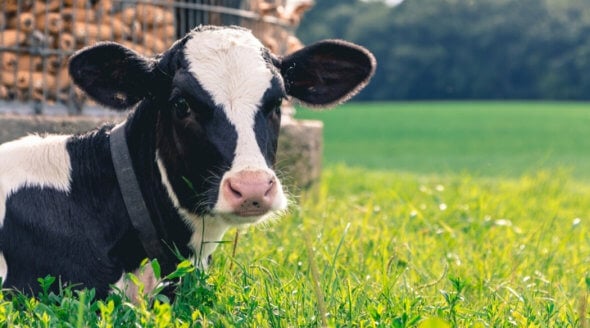Swimming With Dolphins
Dolphins are intelligent animals who enjoy a highly advanced social structure. In the ocean, they live in large social groups, and females typically spend their whole lives with their mothers and sisters in the family pod. They can swim up to 60 miles a day and dive to depths of up to 1,000 metres.
At marine parks – and any attraction offering “swim with dolphins” experiences – the animals can become anxious, frustrated, aggressive, and even neurotic as a result of confinement to shallow tanks, some of which are only 1.8 metres deep. They are forced to interact with an unrelenting stream of humans, who use them as selfie props and may grab or squeeze them, causing distress.
Families Torn Apart
Have you ever wondered how dolphins end up in marine parks? Many of them are kidnapped from their ocean homes. This typically involves boats chasing dolphins into shallow waters in which they cannot escape the surrounding nets. Dolphins have strong family relationships and travel in pods. If one of them is captured, other members of the pod may try to save them. What’s more, after the catch, dolphins considered “less attractive” may be killed, and the others are sold to parks around the world. Unwanted dolphins who are released back into the ocean may die from shock, stress, or pneumonia.
Injury, Illness, and Death
Many “swim with dolphins” programmes involve captive dolphins at marine parks such as SeaWorld. Abused for entertainment, these sensitive animals are routinely separated from their families and subjected to the social, physical, and psychological trauma of captivity. Since the frustration of close confinement increases aggression, fights between dolphins are common. The animals show signs of distress, such as rake marks, skin lesions, sunburn, and listless floating, and many sustain injuries, contract illnesses, and die prematurely.
Sexual Abuse
Dolphins used for performances and “swim with dolphins” activities at SeaWorld are sexually abused, and then their babies are taken away from them. Unwilling male bottlenose dolphins are masturbated, and females are pulled out of the water and sometimes drugged so that they can’t fight back while staff shove tubes filled with semen into their uteruses. These traumatising practices go against the natural breeding habits of dolphins but are standard procedure at marine parks which breed them for profit.
Dangerous and Exploitative
Dolphins are powerful wild animals, and forcing them to interact with humans can be dangerous. A 10-year-old British girl was dragged underwater during a “swim with dolphins” experience, which left her bruised and bloodied. Dolphins abused in SeaWorld’s interactive programmes have bitten children in the past.
What You Can Do
Never support businesses that imprison wild animals for profit, and tell your friends about the misery dolphins endure. Refuse to visit marine parks that keep animals captive, and avoid any facilities or tours that promise contact with animals. Instead, enjoy compassionate activities, such as snorkelling, kayaking, swimming, or visiting an animal-free theme park or attraction.


